Technologies
HBO Max Is Rebranding. Here’s What That Means for You
HBO Max is updating its name, features and catalog. Learn how those changes may impact your streaming.
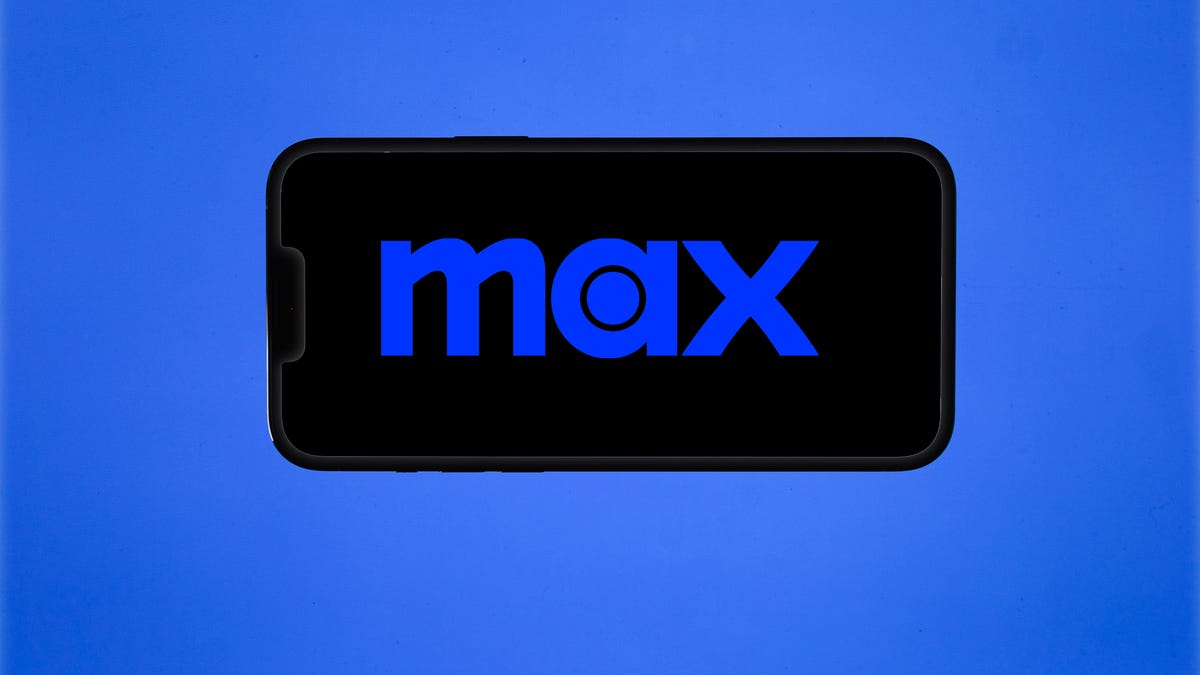
Warner Bros. Discovery revealed on Wednesday that «HBO Max» is out, and «Max» is the name of its rebranded streaming service. The reworked platform will house merged content from HBO Max and Discovery Plus, giving you shows like Euphoria and Succession next to greige-tinted unscripted series like Fixer Upper. Along with the new name comes a new tagline: The One to Watch.
The company is touting a larger library and a better user interface, but you may have some basic questions about how all these changes will affect your existing account. And newcomers may be curious about what’s up with Max and what the service has to offer. Here are answers to some of your questions.
When will Max roll out in my country?
US customers will have access to Max on May 23. Users in Latin America will see the rollout in fall 2023, with certain Europe and Asia markets receiving Max access in early to mid 2024.
Once the service launches, it will automatically upgrade with the new Max logo, interface and features. According to Warner Bros. Discovery, existing subscribers will see their profiles, billing information and watch lists seamlessly transfer to the updated version and they’ll only have to open the app to use the platform. However, the company said some users will be prompted to download the new version of the streaming app.
New Max customers can either sign up for HBO Max now, or wait to subscribe to the new service on May 23 to start streaming instantly.
How much will Max cost?
The price will remain the same as current HBO Max subscriptions, but there’s one new premium plan that will cost more than the standard two options. Max Ad-Lite will cost $10 per month and come with HD and two streams, while ad-free Max is priced at $16 monthly for HD, two streams and 30 downloads.
When the new service arrives in May, there will also be a $20-per-month Ultimate Plan, which offers four concurrent streams, 4K HDR with Dolby Atmos sound and 100 downloads. This is a change, as HBO Max currently offers three streams for both plans with the ability to watch some titles in 4K Ultra HD. Yes, you’ll have to pay more for 4K, but some existing HBO Max features will still be available for up to six months after Max’s launch.
Note that Discovery Plus will continue to be a standalone streaming option. It’s currently priced at $5 a month for the ad-supported plan and $7 per month without ads.
What TV shows and movies will be on Max?
Warner Bros. Discovery’s streaming offering will bring together content from HBO Max and Discovery Plus. Max will have HBO originals, Warner Bros. movies, Max originals, DC Comics and Harry Potter alongside programming from brands including Discovery Channel, HGTV, Food Network, TLC and ID. The entire HBO Max library will be found on Max with a selected collection of Discovery titles.
At its Wednesday press conference, Warner Bros. Discovery highlighted a range of new titles that’ll be hitting the freshly rebranded streaming service. In addition to DC drama The Penguin, subscribers will have access to spinoffs of familiar franchises like The Conjuring, The Big Bang Theory, Game of Thrones and Harry Potter. New shows coming to the streamer range from a limited series starring Kate Winslet to a Barbie-themed home renovation competition series, and from a thriller based on a Pulitzer Prize-winning novel to a dating series from the producers of 90 Day Fiance.
WBD’s head of content, Kathleen Finch, and Max’s content boss, Casey Bloys, emphasized that family and children’s content will also take center stage on the new service, with an aim at audiences of all ages. Viewers will get more animation and entertainment releases from popular brands like Cartoon Network, Hanna-Barbera, Boomerang, Looney Toons and DC. This includes a new animated version of Peter & the Wolf from U2’s Bono.
Subscribers can also expect films to find Max as their streaming home after their theatrical runs. Shazam! Fury of the Gods will arrive on launch day, and Blue Beetle, Dune 2, Barbie, and The Flash are among the other movie titles you’ll find on the platform. The Flash will hit Max in the fall.
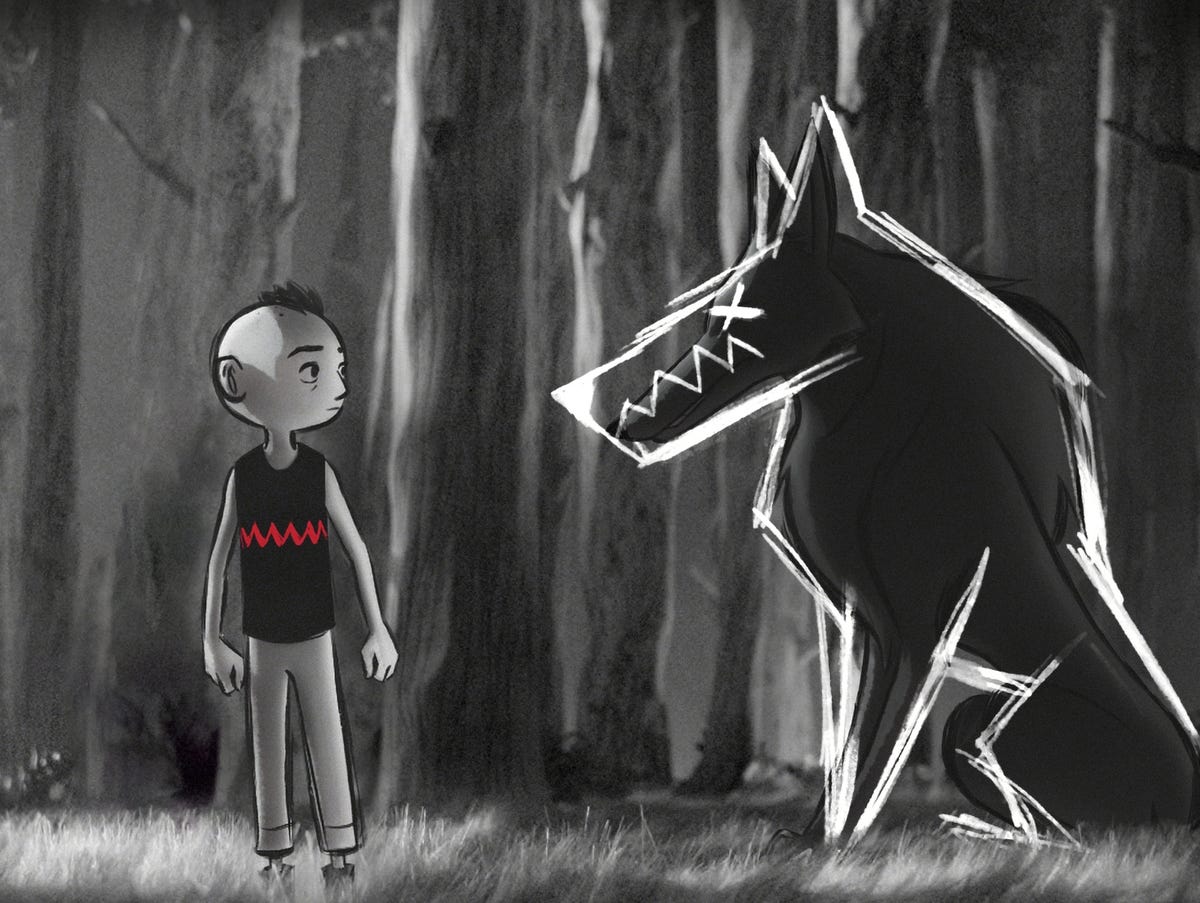

A new take on Peter & the Wolf is coming to Max, courtesy of Bono.
Max, Warner Bros. DiscoveryIs there a way to opt out of Discovery or HBO Max content?
No. But you can choose to have a standalone Discovery Plus subscription instead of subscribing to Max. While there won’t be a separate version for HBO Max and HBO-branded content, Warner Bros. Discovery says the updated app will have an interface that’s more tailored to a user’s personal tastes. It’ll also feature genre hubs and a new content navigation menu at the top of the screen to make it easier to find what you want.
According to the company’s global streaming boss, J.B. Perrette, Max will «have differentiated and high-performing personalized experiences including elements such as ‘Because You Watched’ recommendations, and immersive hero images tailored for each user.» He indicated that the app’s recommendation engine will eventually learn to surface content that matches your viewing habits.
Should I cancel my current HBO Max or Discovery Plus subscription if I have both?
There’s no need to cancel your subscriptions right now unless you’re no longer enjoying them. All existing HBO Max subscribers will transition to Max when the app relaunches in May. Max will include Discovery Plus content, but Discovery Plus will also remain a separate, lower-priced streaming option that has content only from Discovery networks. If you like Max’s fully merged lineup, then you may want to wait and drop Discovery Plus in May.
What if I get HBO or HBO Max through cable?
If you currently receive HBO Max or HBO through a mobile carrier or your cable/satellite TV provider, you’ll have access to the updated Max app. You won’t have to cancel and resubscribe. Upon launch, it’ll be available through AT&T, Hulu, Cox, Xfinity, Verizon, DirecTV, Prime Video channels and other services. You can view the list on the Max website. Max will be accessible on most devices, including TVs, gaming consoles and mobile phones.
If you’re new to Max or Discovery Plus, you can sign up now or wait until May 23.
To learn more about WBD’s streaming services, read up on its strategy for live sports and which channels are on Discovery Plus.
Technologies
Today’s NYT Mini Crossword Answers for Saturday, Dec. 27
Here are the answers for The New York Times Mini Crossword for Dec. 27.
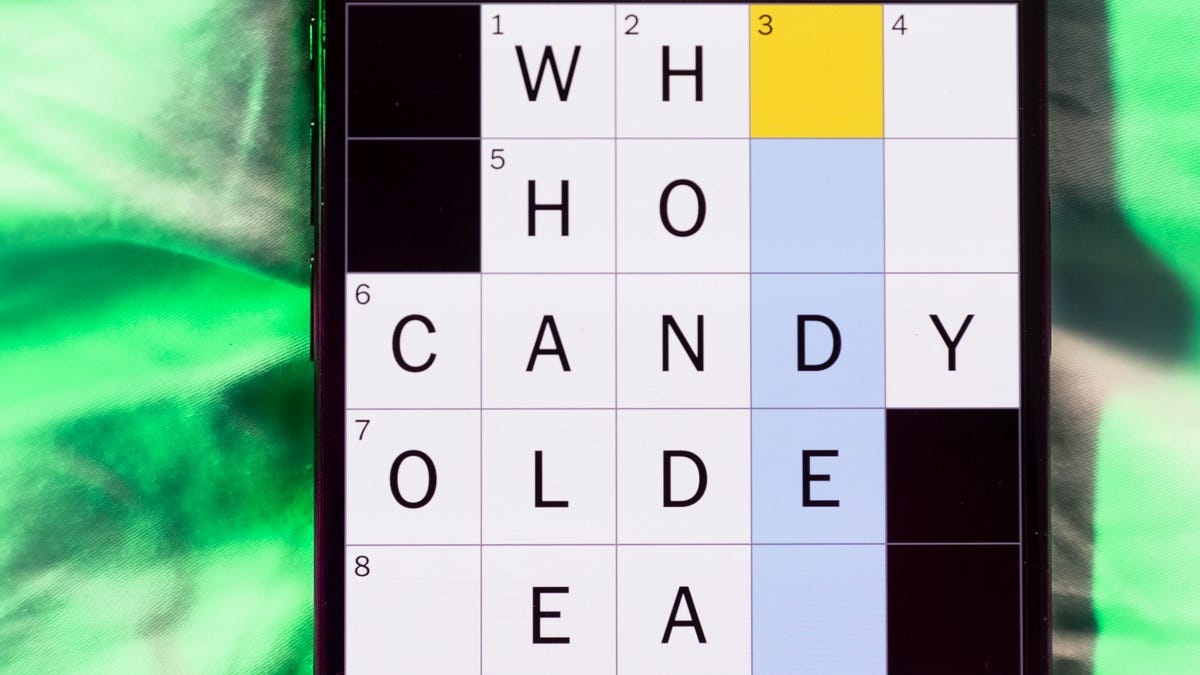
Looking for the most recent Mini Crossword answer? Click here for today’s Mini Crossword hints, as well as our daily answers and hints for The New York Times Wordle, Strands, Connections and Connections: Sports Edition puzzles.
Need some help with today’s Mini Crossword? It’s pretty long for a Mini Crossword, and some of the clues are tricky. The answer to 10-Across is not an expression I use, for sure. Read on. And if you could use some hints and guidance for daily solving, check out our Mini Crossword tips.
If you’re looking for today’s Wordle, Connections, Connections: Sports Edition and Strands answers, you can visit CNET’s NYT puzzle hints page.
Read more: Tips and Tricks for Solving The New York Times Mini Crossword
Let’s get to those Mini Crossword clues and answers.
Mini across clues and answers
1A clue: Fashionable
Answer: HIP
4A clue: Product sold on «The Office»
Answer: PAPER
6A clue: One writing a performance review
Answer: MANAGER
8A clue: With 5-Down, redundant synonym of «outcome»
Answer: END
9A clue: Quiet ___ mouse
Answer: ASA
10A clue: Gives constant compliments, in slang
Answer: GASESUP
12A clue: Ski mountain bump
Answer: MOGUL
13A clue: Uneasy feeling
Answer: ANGST
Mini down clues and answers
1D clue: Personally involved
Answer: HANDSON
2D clue: Hoppy beer, for short
Answer: IPA
3D clue: Mythical horse whose name is an anagram of 10-Across
Answer: PEGASUS
4D clue: Last word in the palindromic sentence «A man, a plan, a canal …»
Answer: PANAMA
5D clue: See 8-Across
Answer: RESULT
6D clue: Ryan of «When Harry Met Sally …»
Answer: MEG
7D clue: Genre for Playboi Carti and Cardi B
Answer: RAP
11D clue: Something in an Easter basket
Answer: EGG
Don’t miss any of our unbiased tech content and lab-based reviews. Add CNET as a preferred Google source.
Technologies
Today’s NYT Connections: Sports Edition Hints and Answers for Dec. 27, #460
Here are hints and the answers for the NYT Connections: Sports Edition puzzle for Dec. 27, No. 460.
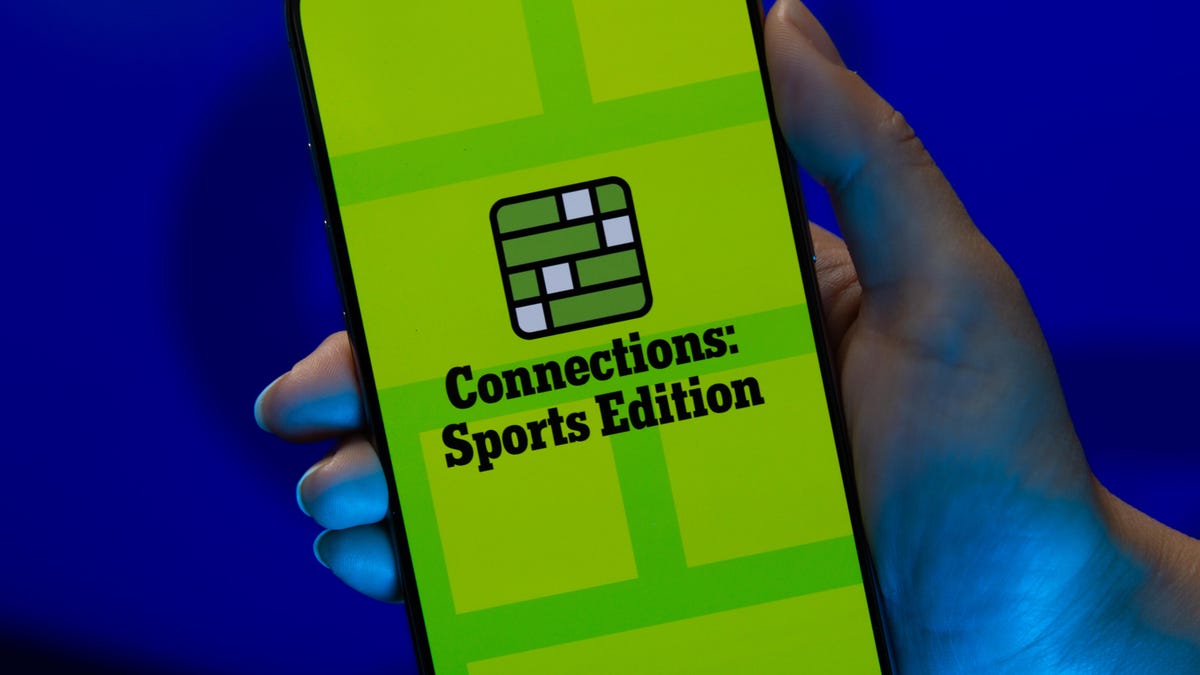
Looking for the most recent regular Connections answers? Click here for today’s Connections hints, as well as our daily answers and hints for The New York Times Mini Crossword, Wordle and Strands puzzles.
Today’s Connections: Sports Edition is a real challenge. That purple category wants you to hunt out something related in four different words, and it’s a toughie. If you’re struggling with today’s puzzle but still want to solve it, read on for hints and the answers.
Connections: Sports Edition is published by The Athletic, the subscription-based sports journalism site owned by The Times. It doesn’t appear in the NYT Games app, but it does in The Athletic’s own app. Or you can play it for free online.
Read more: NYT Connections: Sports Edition Puzzle Comes Out of Beta
Hints for today’s Connections: Sports Edition groups
Here are four hints for the groupings in today’s Connections: Sports Edition puzzle, ranked from the easiest yellow group to the tough (and sometimes bizarre) purple group.
Yellow group hint: Something you save.
Green group hint: An Olympic sport.
Blue group hint: Toronto pitchers.
Purple group hint: Think about the alphabet and look for something hidden.
Answers for today’s Connections: Sports Edition groups
Yellow group: Memento.
Green group: Types of wrestling.
Blue group: Blue Jays to win Cy Young Award.
Purple group: Ends in a homophone for a letter of the alphabet.
Read more: Wordle Cheat Sheet: Here Are the Most Popular Letters Used in English Words
What are today’s Connections: Sports Edition answers?
The yellow words in today’s Connections
The theme is memento. The four answers are collectible, keepsake, memorabilia and souvenir.
The green words in today’s Connections
The theme is types of wrestling. The four answers are arm, freestyle, Greco-Roman and sumo.
The blue words in today’s Connections
The theme is Blue Jays to win Cy Young Award. The four answers are Clemens, Halladay, Hentgen and Ray.
The purple words in today’s Connections
The theme is ends in a homophone for a letter of the alphabet. The four answers are batter’s eye (I), blue jay (J), golf tee (T) and pool cue (Q).
Don’t miss any of our unbiased tech content and lab-based reviews. Add CNET as a preferred Google source.
Technologies
Today’s Wordle Hints, Answer and Help for Dec. 27, #1,652
Here are hints and the answer for today’s Wordle for Dec. 27, No. 1,652.
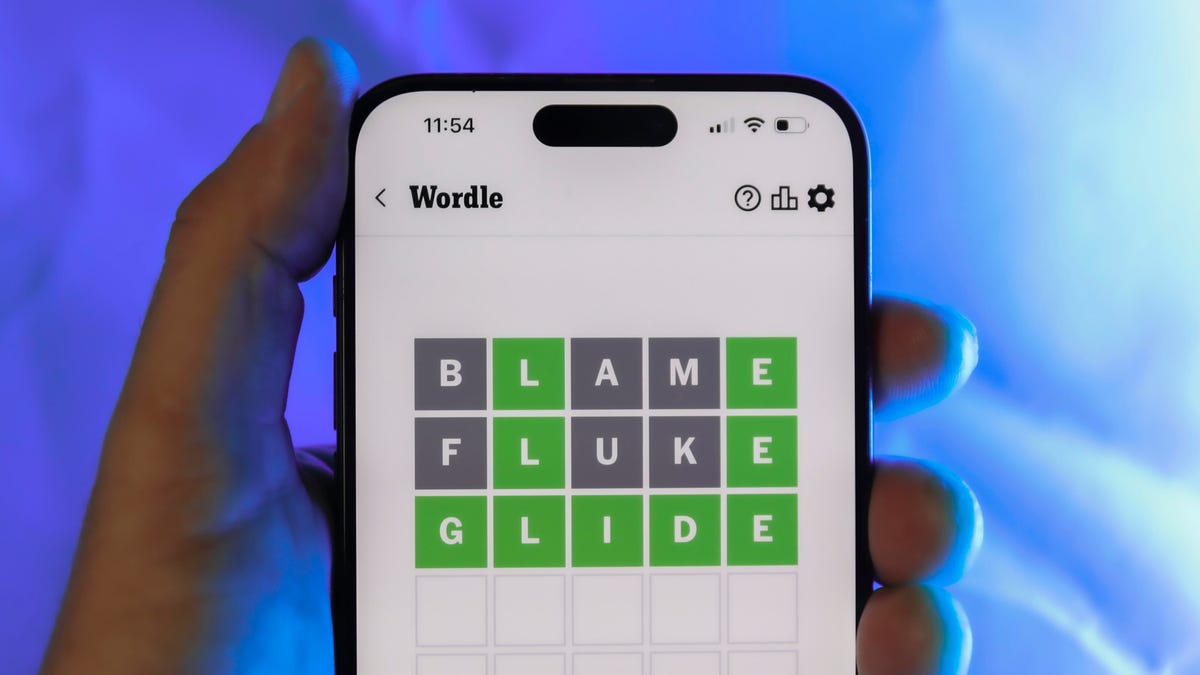
Looking for the most recent Wordle answer? Click here for today’s Wordle hints, as well as our daily answers and hints for The New York Times Mini Crossword, Connections, Connections: Sports Edition and Strands puzzles.
Today’s Wordle puzzle came together pretty quickly for me this time. If you need a new starter word, check out our list of which letters show up the most in English words. If you need hints and the answer, read on.
Read more: New Study Reveals Wordle’s Top 10 Toughest Words of 2025
Today’s Wordle hints
Before we show you today’s Wordle answer, we’ll give you some hints. If you don’t want a spoiler, look away now.
Wordle hint No. 1: Repeats
Today’s Wordle answer has no repeated letters.
Wordle hint No. 2: Vowels
Today’s Wordle answer has one vowel.
Wordle hint No. 3: First letter
Today’s Wordle answer begins with B.
Wordle hint No. 4: Last letter
Today’s Wordle answer ends with H.
Wordle hint No. 5: Meaning
Today’s Wordle answer can refer to a quantity of goods produced at one time.
TODAY’S WORDLE ANSWER
Today’s Wordle answer is BATCH.
Yesterday’s Wordle answer
Yesterday’s Wordle answer, Dec. 26, No. 1651 was SPEED.
Recent Wordle answers
Dec. 22, No. 1647: CONCH
Dec. 23, No. 1648: GLINT
Dec. 24, No. 1649: SPOOL
Dec. 25, No. 1650: PRISM
Don’t miss any of our unbiased tech content and lab-based reviews. Add CNET as a preferred Google source.
-

 Technologies3 года ago
Technologies3 года agoTech Companies Need to Be Held Accountable for Security, Experts Say
-

 Technologies3 года ago
Technologies3 года agoBest Handheld Game Console in 2023
-

 Technologies3 года ago
Technologies3 года agoTighten Up Your VR Game With the Best Head Straps for Quest 2
-

 Technologies4 года ago
Technologies4 года agoBlack Friday 2021: The best deals on TVs, headphones, kitchenware, and more
-

 Technologies4 года ago
Technologies4 года agoVerum, Wickr and Threema: next generation secured messengers
-

 Technologies4 года ago
Technologies4 года agoGoogle to require vaccinations as Silicon Valley rethinks return-to-office policies
-

 Technologies4 года ago
Technologies4 года agoOlivia Harlan Dekker for Verum Messenger
-

 Technologies4 года ago
Technologies4 года agoiPhone 13 event: How to watch Apple’s big announcement tomorrow

